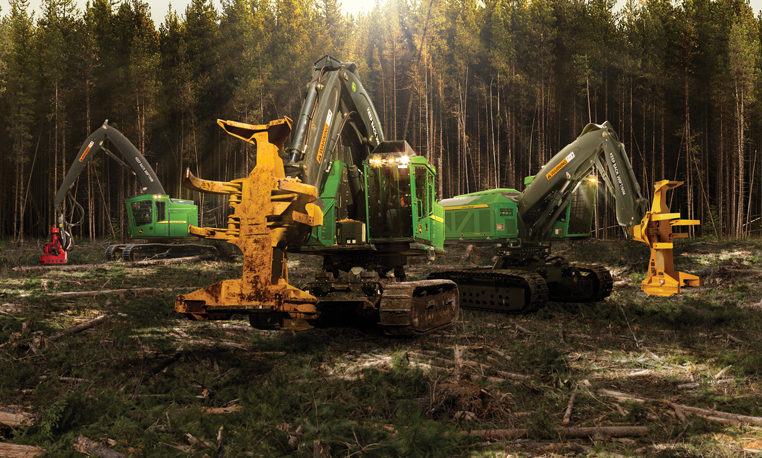Starting a forestry business in South Africa requires careful planning and consideration of various factors. Here are ten key things to think about before embarking on such a venture:
- Market Research:
Conduct thorough market research to understand the demand for forestry products, including timber and non-timber forest products, in South Africa. Identify potential customers, competitors, and market trends. - Business Plan:
Develop a comprehensive business plan that outlines your objectives, target market, operational strategy, financial projections, and sustainability measures. A well-defined plan will guide your decisions and help attract investors if needed. - Land and Permits:
Acquire suitable land for your forestry operations. Consider factors such as soil quality, climate, proximity to markets, and legal requirements. Ensure you obtain the necessary permits and adhere to environmental regulations. - Species Selection:
Choose tree species that are well-suited to the local climate, market demand, and site conditions. Indigenous species may offer ecological benefits and be better adapted to the region, but exotic species could have higher commercial value. - Sustainable Practices:
Prioritize sustainable forestry practices to ensure the long-term viability of your business and minimize environmental impacts. Consider factors like reforestation, biodiversity conservation, water management, and carbon sequestration. - Infrastructure and Equipment:
Assess the infrastructure and equipment needed for your forestry operations. This may include access roads, storage facilities, machinery (e.g., harvesters, trucks), and safety equipment. Budget for their acquisition and maintenance. - Financial Planning:
Determine the capital required to start and sustain your forestry business. Account for expenses such as land acquisition, infrastructure development, equipment purchases, employee salaries, operational costs, and marketing. - Skills and Workforce:
Evaluate the skills needed to run a forestry business effectively. Consider hiring or training personnel with expertise in forestry management, harvesting techniques, logistics, marketing, and compliance with regulations. - Risk Management:
Identify potential risks and develop strategies to mitigate them. Forestry businesses face risks such as fire, pest outbreaks, market fluctuations, and regulatory changes. Implement appropriate insurance coverage and contingency plans. - Industry Networks and Associations:
Engage with industry networks and associations to gain insights, access resources, and establish connections with stakeholders in the forestry sector. This can provide valuable support, knowledge sharing, and potential business opportunities.
Remember, this list provides a general overview, and it’s crucial to delve deeper into each aspect while customizing your approach to the unique circumstances of your forestry business in South Africa. Seeking guidance from experts in the field, such as forestry consultants or local business development organizations, can also be beneficial.
Join 'Farmers Mag' WhatsApp Channel
Get the latest Farming news and tips delivered straight to your WhatsApp
CLICK HERE TO JOIN






